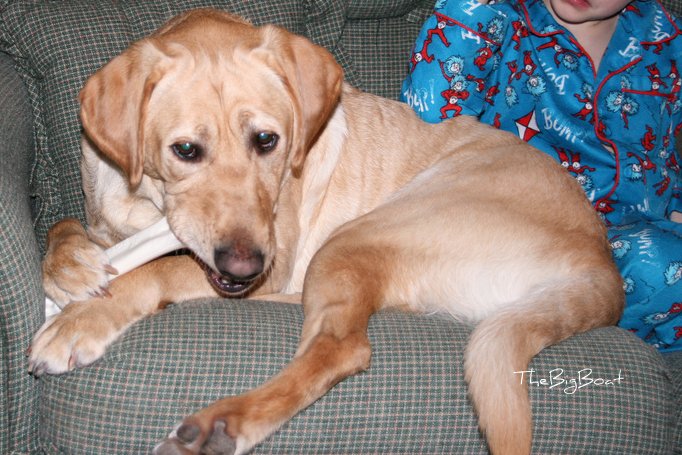One of the trainers posted this on our yahoo group for puppy raisers, it's a great reminder about how to treat our animals and our children.
The person writing it was working with kids who were at a summer shelter workshop similar to the one Animal Humane Society offers kids. The group decided to use humans to demonstrate positive reinforcement vs. negative reinforcement so they could better understand how to help their animals.
Leslie
============ ========= ========= ========= ========= ========= ======
Our first volunteer went outside the room while we decided what we wanted him to touch. We would use only positive reinforcement (the word good rather than clicks from 18 kids) when the youngster was headed on the quickest path towards our target. He was great, the trainer-kids were great, and the classroom was joyful. The young man quickly learned (within 90 seconds) to check-in with the class if he hadn't heard a 'good'. As he reached the target area, he would offer small behaviors, check in for the good, adjust his behavior, and offer another. He felt outstanding when he reached the target - touching the tail on horse in a photo - as did the whole class who
cheering him (and themselves) on.
Then we went to only telling the volunteer when she was wrong. This cheerful young girl went from a happy volunteer offering behavior after behavior to a frightened child who was afraid to move in fear she would be told she was wrong. It took less than 3 minutes to destroy her enthusiasm. If that wasn't bad enough - the class kids who were so happy just 10 minutes prior were silent and looking away.
I stopped it, went to the young girl, thanked her for her work and told her she was being very good. Then I asked her if she felt she could tell us how she felt. This brave little one took a deep breath and said a single word - stupid. The whole class immediately cried out that she was smart and good and all the pleasant things kids say to each other. That positive reinforcement brought a smile to her face and she relaxed enough to shed a few tears.
We asked her what she thought could help her in her search. She asked if we would tell her good (like the boy), never tell her she was wrong, and maybe, if it was okay, let her know if she was paying too much attention to a unimportant area. We all agreed! We would use GOOD and, if she seemed to get stuck, we would use the cue NOTHING.
They youngster was a bit slow at first, testing the waters, and the class jumped on each tiny move she made in the quickest direction with GOOD!!! The two times she thought she was in the right area - quick, very quiet, almost whispered NOTHING from several class mates set her on her way again. She found the target within minutes. She shed a few tears again, this time happy ones.
After that, we went on to questions & answers about how to help their dogs (and cats) at home modify their behaviors. It was great to encourage the kids, based on what we just did, to find positive ways to let their animals know what behaviors people wanted to see - rather than always telling the animals NO.


Admiral huh? I can live with that. :-)
ReplyDeletethat brought tears to my eyes... and so true... and i need to remember to do that with my doggy... and someday with my kidlets... thanks for sharing...
ReplyDelete